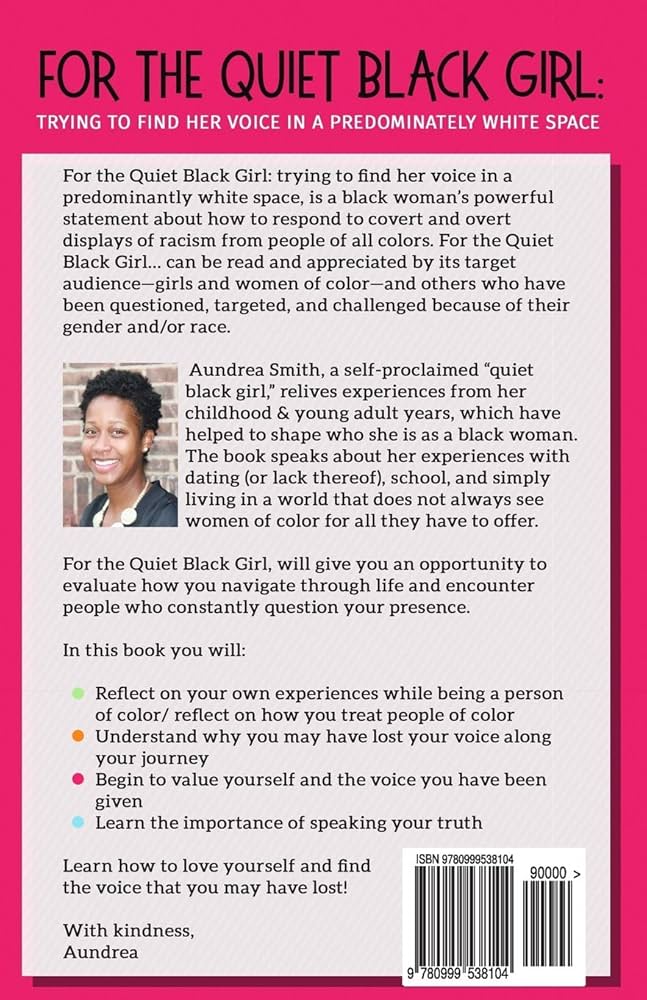
# Concealed Trauma and Its Influence on Personality: Identifying the Unnoticed Injuries
Trauma, often linked to significant life-altering events, can also quietly arise from ongoing emotional neglect, gaslighting, or long-term distress. When positive experiences are insufficient to counteract these negative ones, subtle trauma may emerge, creating ingrained beliefs about our self-worth that distort our view of relationships and life overall. Over time, these manifestations of trauma can be misinterpreted as inherent personality traits, while they are actually defense mechanisms developed to handle unresolved hurt. This article examines hidden trauma signs—often misconstrued as personality traits—that might indicate things were not as favorable as they appeared.
## Trauma Isn’t Always Overt: Grasping Subtle Trauma
Trauma isn’t solely caused by dramatic events such as physical violence or significant loss. More subtle forms of trauma often transpire in private, frequently unnoticed by those outside. Ongoing emotional abuse, neglect, invalidation of emotions, or growing up in a gaslighting environment can diminish an individual’s sense of security and identity. As children lack comparative context from other families, they assimilate these experiences as normal, influencing their behavior and belief systems in more hidden ways.
### Childhood Experiences Influence Our Emotional Reactions
Contemporary research indicates that early trauma alters brain development, heightening the chances of anxiety and hypervigilance. The brain’s emotional centers are designed to respond to perceived threats by activating survival mechanisms. In a significantly simplified manner, these reactions can be organized into four main types or “trauma responses”:
1. **Fight**
2. **Flight**
3. **Freeze**
4. **Fawn**
While many are familiar with “fight” and “flight,” “fawn” and “freeze” are lesser-known yet equally important responses. These are often more subtle, and it’s easy to overlook individuals displaying them as quiet, agreeable, or merely introverted. Nevertheless, a closer examination may uncover coping mechanisms rooted in early emotional weaknesses.
### The Four Trauma Responses
#### 1. **Fight Response**
In the fight response, individuals exhibit an assertive, at times aggressive style when facing challenges. Perpetually on high alert, they brace for conflict or rejection even when no logical threat is present. Some notable traits include:
– **Persistent vigilance**: Always anticipating something going wrong or being hyperaware of their surroundings.
– **Challenges in relaxing**: Inability to let down their guard, even around friends and family.
– **Assertiveness verging on aggressiveness**: They might maintain distance from others as a protective tactic.
While these actions may sometimes be viewed as strength or independence in certain contexts, they may originate from a struggle to fully trust others due to past betrayals or emotional harm.
#### 2. **Flight Response**
The flight response centers around escape, whether physical or emotional. Those with a flight response may:
– **Withdraw from relationships**: They often exit connections before facing abandonment or hurt.
– **Fear commitment**: They find it hard to invest long-term in relationships, perpetually fearing betrayal.
– **Shy away from risks**: Rather than confronting potential issues, they tend to retreat.
Although flight may present as independence or a desire for adventure, it is frequently driven by a reluctance to fully trust others or a desire to maintain emotional distance.
#### 3. **Freeze Response**
The freeze response is defined by emotional shutdowns or detachment. Individuals may:
– **Find it hard to express emotions**: This can show as emotional numbness or an inability to cry, even amid deep sorrow.
– **Steer clear of deep connections**: Being emotionally immobilized may prevent them from forming rich, fulfilling relationships.
– **Dissociate**: They may frequently disconnect from their emotions as a safeguard, complicating their emotional processing.
Freeze can be one of the most challenging trauma responses to heal from, leading to long-term isolation and often creating barriers between the individual and meaningful life experiences.
#### 4. **Fawn Response**
The fawn response revolves around placating others, often at the cost of the self. This response is typically linked to people-pleasing behaviors:
– **Perpetually seeking approval**: Individuals with a fawn response place pleasing others ahead of their own needs, fearing rejection.
– **Struggles with setting boundaries**: They tend to agree to things that may harm them, driven by a fear of disappointing others.
– **Deficient self-worth**: They depend on outside validation to feel valuable, mirroring others’ choices and opinions for acceptance.
Though these qualities may appear appealing at first glance, they conceal deeper issues stemming from unresolved trauma and may lead to chronic discontent or burnout.
## From Childhood to Adulthood: The Lasting Impact of Trauma
Trauma experienced in early childhood does not simply fade away as children mature; it remains dormant, influencing behaviors that can be perceived as personality quirks or life choices.